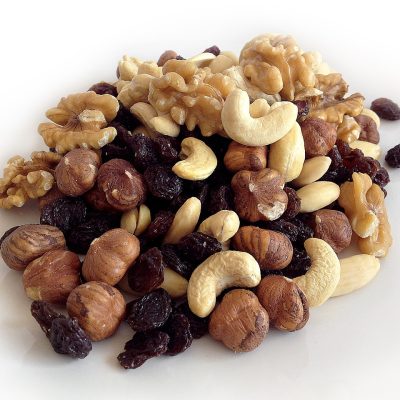Action Plan 2022
The primary objective of the first One Health Joint Plan of Action 2022 to 2026 is to enhance collaboration, communication, capacity building, and coordination across the human, animal, plant, and environmental sectors in order to improve our ability to prevent, better predict, detect, and respond to health threats.
In addition, five additional categories, including new and re-emerging zoonotic epidemics, antimicrobial resistance (AMR), and the environment, are addressed when it comes to the dangers associated with food safety.
The research identified proper waste management as an essential component in preventing the pollution of water, the environment, and food supplies.
Pathogens, both zoonotic and non-zoonotic, as well as chemical pollutants, can infiltrate the food chain at any moment, from before the harvest until after it has been consumed.
In addition to foodborne bacterial infections that have been around for a long time. It includes an example, Salmonella, new pathogens are developing, and many different types of food have been connected with the transmission of illness. In the environment in which food is processed (for example, Listeria monocytogenes) or via food workers (for example, norovirus), pathogens and other risks have the potential to contaminate food.
Areas of Food Safety Focus
The goal of the segment that focuses on improving the evaluation, management, and communication of food safety concerns is to integrate the “One Health” philosophy into the overall food safety initiative.
It examines how the four organizations will assist countries in establishing, implementing, and strengthening national food control systems to reduce the risks associated with consuming unsafe food.
This ensures the authenticity of the food and enhances fair and safe trade, including boosting sanitary and phytosanitary capacity. These goals are all intended to help reduce the risks associated with consuming unsafe food. This involves assisting nations in doing a baseline evaluation of their food control system and offering assistance to countries on how to manage the risks associated with food safety.
It is essential to recognize that some viruses are new and emerging while others are neglected, such as cysticercosis, echinococcosis, and foodborne trematodiases. This section aligns with other areas because food and live animals are susceptible to contamination or infection from the environment, foodborne bacteria are becoming more resistant to antimicrobials, and some infections are emerging.
Summary
Data collection, use, and interpretation were also major focuses of this project. The objective was to assist nations in utilising scientific evidence and risk assessment in formulating policy and legislation.
The formulation of risk management decisions to lessen the burden of foodborne diseases, guarantee safer food, and allocate resources to strengthen national safe food systems.
Another aspect was the collection of data on the prevalence of diseases and the burden of foodborne dangers, which was then integrated with information on chemical, microbiological, and physical source attribution in order to prioritize and evaluate control actions. Integration of disease surveillance in humans and animals and monitoring of the environment and food. It is necessary for the development of an efficient system to combat foodborne diseases.
Feature image: Pixabay
Also read:




